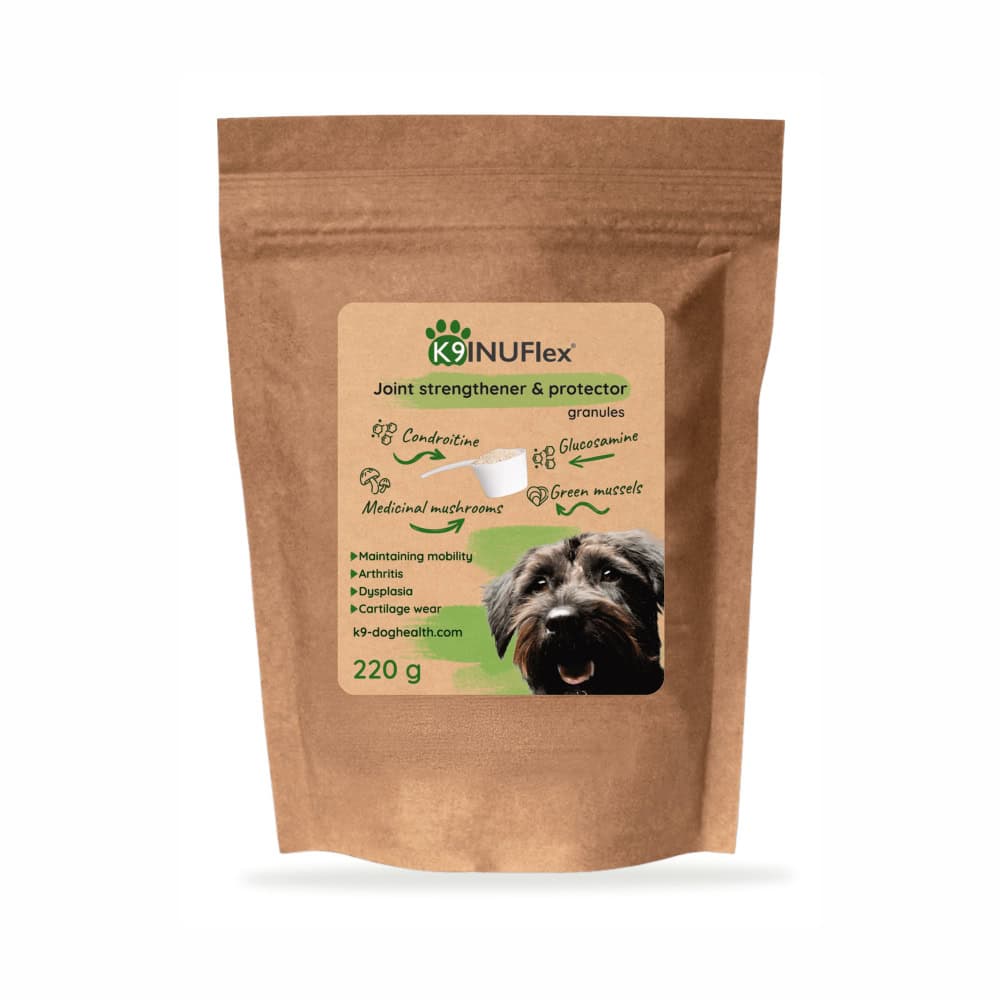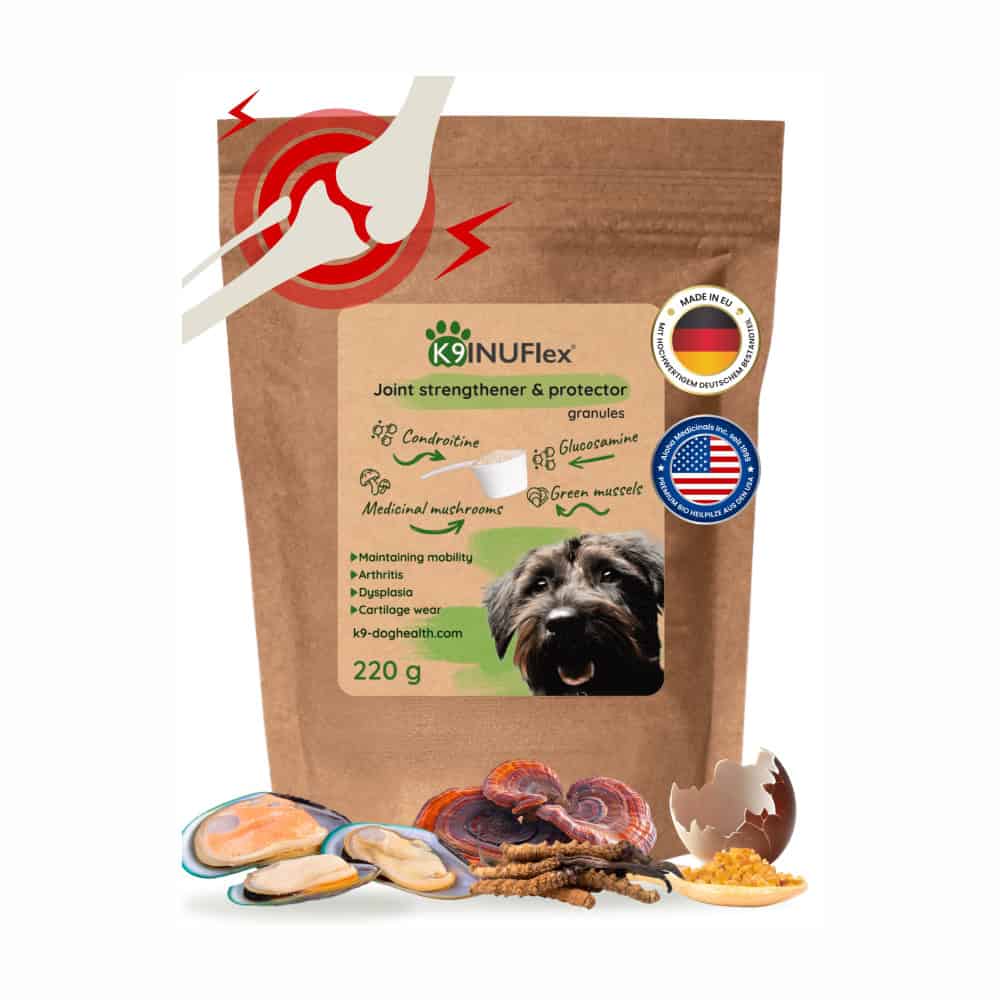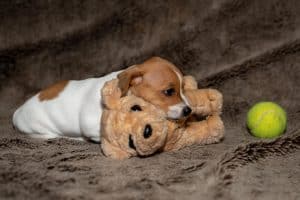Dog dancing – A surprising canine sport
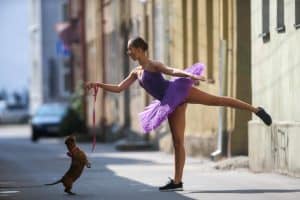
When someone hears the term “dog dancing,” they typically react with surprise: “What? Dog dancing?” Indeed, based on the name alone, one might imagine beautifully groomed and tulle-clad dogs twirling around on two legs, but that couldn’t be further from the truth.
Fortunately, dog dancing is inclusive. It welcomes dogs without famous pedigrees, doesn’t discriminate against those with imperfections or crooked teeth, and even street-mix dogs, or mutts, have an equal chance to compete alongside their purebred counterparts.
Naturally, there are dog breeds that tend to excel in this sport. The most popular choices include various collies, such as the graceful and swift-moving border collie, which is also common in agility.
But what exactly is dog dancing?
Dog dancing: A unique canine sport that has evolved for over a decade
Dog dancing, a sport that has developed over a decade, has grown beyond the realms of obedience training. Initially, it showcased the familiar elements of obedience routines, such as heeling, sitting, and lying down, set to music. However, over time, more and more unique elements have found their way into these routines. Nowadays, complete stories unfold within each performance, and every handler strives to enrich their presentation with visually stunning, challenging, and unconventional elements.
A dog dancer’s repertoire often includes more than 50 tricks. That alone is impressive, but it gets even better. These tricks are performed on cue, usually in response to vocal commands only. Some popular tricks include weaving through the handler’s legs and walking backwards. Dogs also learn spins, jumps, rolls, and other exciting moves. Agile dogs can even learn to walk on two legs confidently.
Categories
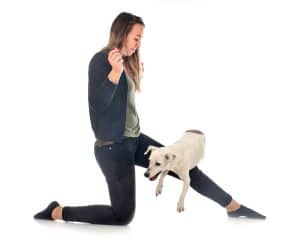
Competitions in dog dancing offer various categories for participation. These include one dog-one handler, multiple dogs-one handler, or multiple dogs with multiple handlers. The routines have a defined length. They typically last between one and a half to three minutes. Similar to agility, there are three skill levels. These levels are based on each team’s prior achievements.
The beauty of dog dancing is that almost any dog can take part. Even a slower, larger dog can do well with creativity and the right music. Music can help balance the dog’s natural pace. This is perhaps the only dog sport where temperament also matters. Judges consider the dog’s personality and ability when scoring. This helps create a fairer competition for all teams.
Is dog dancing a sport or circus?
Recently, some animal advocates have criticized this sport and its practitioners, claiming that it forces animals into unnatural positions. Most dancers respond with a knowing nod and say, “Indeed. The most challenging part was teaching my dog to work with me happily and wagging their tail.”
Anyone who has seen a dog dancing competition is impressed by the enthusiasm with which the dogs perform on the stage. They don’t pay attention to barking, talking, or clapping in the audience; their focus remains solely on their handler. The bond and harmony between the handler and the dog is enviable. This is because it’s nearly impossible to teach dogs tricks and tasks of this nature using coercive methods. Even if it were possible, the dog’s work and expressions would reveal it, undermining the overall presentation.
Competing dogs in this sport have been primarily trained using positive reinforcement methods, such as treat rewards or toy play. Additionally, this is a sport where the use of clickers, which employs no force or coercion, is most widely adopted. These dogs very rarely receive punishment during training situations, as most trainers quickly realize that punishment does more harm than good.
At first glance, some may still think of dog dancing as a form of circus and feel sorry for the participating dogs. However, once someone gets a closer look at dog dancing, delves behind the scenes, and tries to put together a routine or prepare their own dog for it, they will discover that this is indeed a true sport.
Judging
During judging, technical aspects and artistic expression are equally considered. The judges pay attention to how well the handler communicates with the dog, the execution and difficulty level of tricks, and the overall breadth of skills displayed by the dog.
Artistic value plays a significant role as well. Selecting appropriate music and themes, coordinating costumes (limited to scarves or neckwear for the dogs), choreography, and overall harmony all contribute to scoring.
Limited props are allowed, such as an umbrella over which the dog may jump or weave through, or similar items like a scarf. However, the regulations prohibit the use of food, toys, or any unfair treatment of the dogs.
Dog dancing is a sport with a pleasant side effect – it fosters a perfect harmony between the dog and its owner in all aspects of life.
Whatever sport you do with your dog, it’s a good idea to use supplements to help alleviate the increased physical strain.
Check out our Hip & Joint support products.
